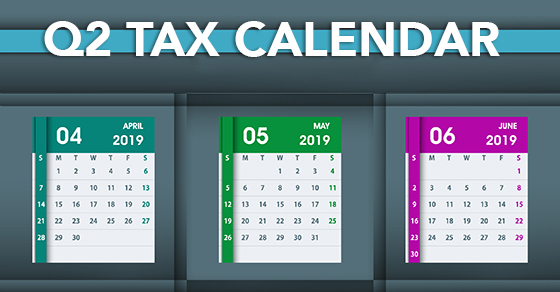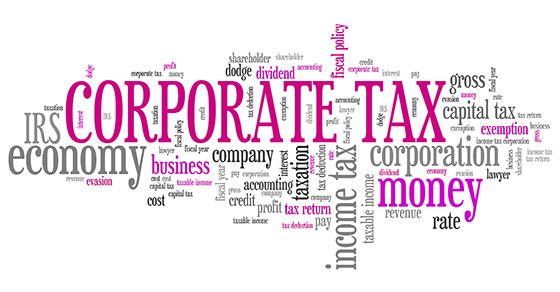
Here are some of the key tax-related deadlines that apply to businesses and other employers during the second quarter of 2019. Keep in mind that this list isn’t all-inclusive, so there may be additional deadlines that apply to you. Contact us to ensure you’re meeting all applicable deadlines and to learn more about the filing requirements.
April 1
- File with the IRS if you’re an employer that will electronically file 2018 Form 1097, Form 1098, Form 1099 (other than those with an earlier deadline) and/or Form W-2G.
- If your employees receive tips and you file electronically, file Form 8027.
- If you’re an Applicable Large Employer and filing electronically, file Forms 1094-C and 1095-C with the IRS. For all other providers of minimum essential coverage filing electronically, file Forms 1094-B and 1095-B with the IRS.
April 15
- If you’re a calendar-year corporation, file a 2018 income tax return (Form 1120) or file for an automatic six-month extension (Form 7004) and pay any tax due.
- Corporations pay the first installment of 2019 estimated income taxes.
April 30
- Employers report income tax withholding and FICA taxes for the first quarter of 2019 (Form 941) and pay any tax due.
May 10
- Employers report income tax withholding and FICA taxes for the first quarter of 2019 (Form 941), if you deposited on time and fully paid all of the associated taxes due.
June 17
- Corporations pay the second installment of 2019 estimated income taxes.










